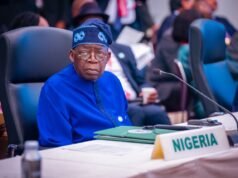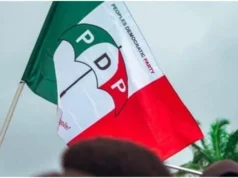Nigeria is rolling out one of Africa’s most ambitious clean energy interventions yet. The World Bank’s International Finance Corporation (IFC) has launched a $200 million debt platform under the Distributed Access through Renewable Energy Scale-up (DARES) programme to support companies building mini-grids and solar home systems across the country.
At a moment when Nigeria is struggling with chronic power shortages and an estimated 90 million people lack reliable electricity, the stakes are high. The DARES programme is not just a financing vehicle — it is a bold bet on turning the clean energy gap into a business opportunity, backed by structured finance, digital platforms, and public-private coordination.
The IFC’s funding is intended to reduce risk and catalyse investment in the nascent mini-grid sector, helping developers deploy infrastructure in underserved rural and peri-urban communities. But this is not only about capital; it is about accelerating execution, establishing accountability, and rewriting the playbook for infrastructure in emerging markets.
In this first wave, a diverse set of firms — from media players diversifying into energy, to family-run operators with grassroots presence — have successfully tapped into the fund. Their stories offer a glimpse of how Nigeria’s cleantech future might be shaped.
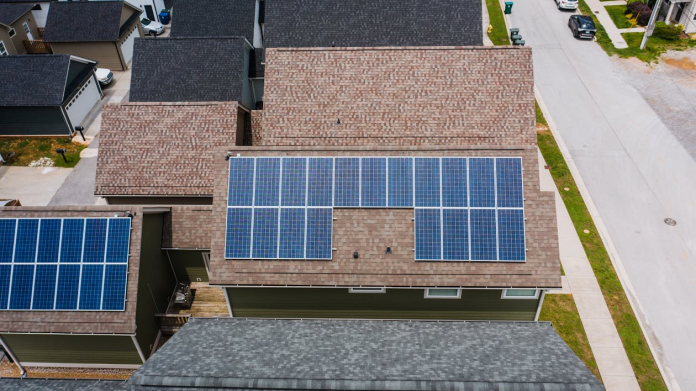
Table of Contents
Who’s Leading the Charge: Four Early Beneficiaries
The initial cohort of DARES beneficiaries reveals a purposeful mix of scale, innovation, local footprint, and domain specialisation. Here’s a closer look:
- StarTimes Smart Energy
A subsidiary of the Chinese media conglomerate StarTimes, this firm is making a pivot from content distribution into energy infrastructure. It has secured a $20 million debt facility from the IFC (split evenly between a commercial loan and concessional loan) to deploy 95 mini-grids (13.1 MW) and 200,000 solar home systems, with the entire project pegged at $72.6 million. StarTimes is effectively leveraging its existing distribution and consumer reach to integrate energy delivery. - Darway Coast Nigeria
A locally owned operator, Darway Coast, has been active since 2018 and has already built 20 mini-grids under past government programmes. Largely driven by two brothers, Henry and Augustine Ureh (who together own 90 % of the company), Darway Coast has secured $20 million in IFC debt plus $5 million from NorFund. Their plan: build 63 new sites, totaling 24 MW, on a budget of $82.3 million. This deal is a classic example of scaling up from demonstrated local capability. - Prado Power
Since 2014, Prado has combined energy access with agricultural productivity and women’s empowerment through its affiliate, Farm Warehouse. It garnered $8 million from IFC (split commercial/concessional) and $2 million from NorFund to build 21 mini-grids (9.6 MW). Prado’s model emphasises integrating energy with livelihood support, making clean energy part of community development. - Husk Power Systems (Nigeria)
Already a recognised name in distributed power, Husk Power has secured $5 million from IFC, supported by the Canadian government, to roll out 108 solar hybrid mini-grid sites, with a focus on Northern Nigeria. This deal is smaller but noteworthy for its geographic focus and the hybrid technology model that combines solar generation with backup systems to maintain reliability.
Together, these four represent contrasting but complementary strategies in the early DARES rollout: corporate pivoters, local champions, integrated models, and hybrid technology players.
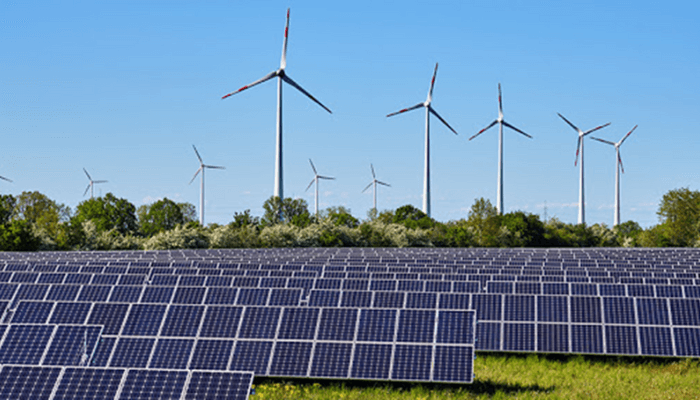
How the Fund Works: Blended Finance, Digital Oversight, De-Risked Paths
The real genius of the DARES initiative lies in its design — not just the size of the fund, but how it is structured and managed.
Blended Finance Structure
Each successful developer receives a financing package composed of two tranches:
- A standard commercial (“IFC A”) loan, offering market-rate debt,
- A subordinated concessional loan, drawn from development finance windows (e.g. IDA Private Sector Window), with below-market rates.
This “blended” approach lowers overall borrowing costs and allows risk-taking in projects that might otherwise be commercially unattractive. In the cases of Darway Coast and StarTimes, the concessional tranche represents approximately 3 % of total project costs — enough to shift the risk-return balance favourably.
By subsidising part of the capital, the IFC encourages other development institutions (such as NorFund) and eventually private banks to co-invest. Without this cushion, mini-grid infrastructure would struggle to attract capital in markets perceived as high-risk.
Digital Backbone & Transparency
Beyond capital, DARES brings in a centralised digital operating system: Odyssey Energy Solutions. This platform underpins everything:
- Developers submit proposals and monitor project metrics,
- Nigeria’s Rural Electrification Agency (REA) evaluates and disburses funds,
- Real-time performance data flows seamlessly, enabling transparency and accountability.
Odyssey recently secured $7.5 million from the UK’s development finance arm, British International Investment (BII), to fast-track integration across DARES operations. Its pivotal role means that while the capital flows into project firms, the governance, control, and monitoring stay centrally managed.
The Strategic Rationale
Nigeria’s energy access gap is not a short-term crisis—it is a structural challenge. With existing state utility infrastructure failing to reach vast areas, distributed energy offers a viable alternative. But deployment at scale demands capital, coordination, and risk sharing.
DARES is engineered to address precisely that: mobilise capital, de-risk projects, embed oversight, and foster execution discipline. It tries to solve for not just financing but also project delivery—a package approach that could become a model for other frontier markets.
What Comes Next: Execution, Scaling, and Risks Ahead
As with any ambitious programme, the real test lies in execution, adaptation, and managing the unknowns. The coming months and years will be critical.
Execution on the Ground
Contracts have been awarded, but the heavy lifting is just starting. Developers must overcome logistical, regulatory, and community challenges—acquiring land, procuring equipment, building distribution lines, and securing buy-in from local stakeholders. Project delays, cost overruns, and grid integration challenges are real threats.
Mobilising Additional Capital
The $200 million tranche is catalytic but not sufficient for national scale. As those initial funds get deployed, the hope is that private capital (from commercial banks, institutional investors, and impact funds) will be drawn in, multiplying the impact. The success or failure of early projects will heavily influence investor confidence.
Technology & Innovation
As more actors enter the field, efficiency improvements, hybrid models (solar + storage + generation), and smart grid interfaces will matter. The ability to reduce per-kilowatt cost and maintain uptime will differentiate winners and losers.
Policy & Regulatory Alignment
Nigeria’s regulatory regime—licensing, tariffs, subsidies, grid interconnection norms—must remain favourable. Any policy reversal or bureaucratic friction could derail momentum. Close coordination between federal, state, and local authorities will be critical.
Community & Social Acceptance
Deploying energy infrastructures in rural and semi-urban areas demands sensitivity to local needs, payment models, affordability, and trust. The firms must align with communities, design flexible consumer credit options, and maintain service quality to avoid backlash.
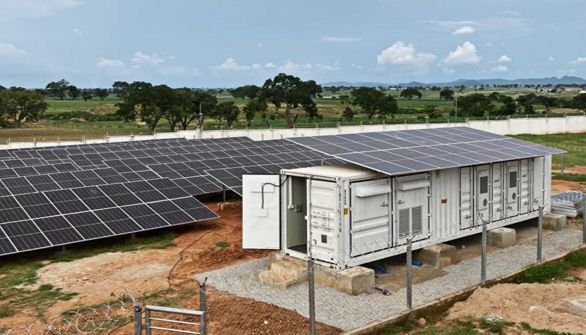
Conclusion
As Nigeria embarks on this landmark experiment, the early recipients of the DARES fund embody the optimism, complexity, and potential pitfalls of clean energy scale-up in Africa. This is not simply about money — it is about building institutions, forging new public-private delivery models, and reshaping how infrastructure gets built in markets many consider “too difficult.”
If even a portion of Nigeria’s 90 million unelectrified citizens gain stable access to clean energy through mini-grids and solar systems, this $200M cleantech fund will have justified itself many times over. The journey ahead will be challenging—but also pivotal, not just for Nigeria, but for the ripples it could send across emerging markets.
Join Our Social Media Channels:
WhatsApp: NaijaEyes
Facebook: NaijaEyes
Twitter: NaijaEyes
Instagram: NaijaEyes
TikTok: NaijaEyes


